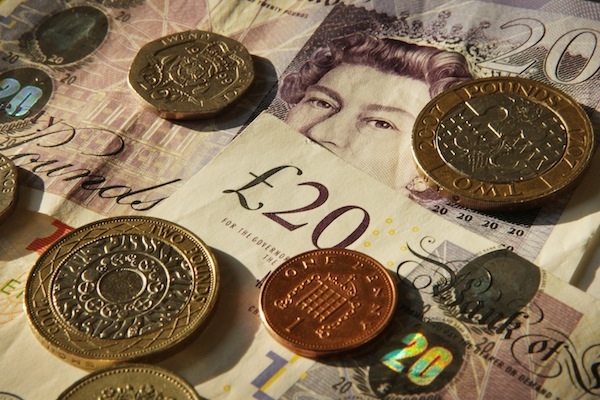Few people are shedding any tears over the end of 2016, least of all savers. But it was a bumper year for borrowers. Let’s take a look at what happened to financial products in 2016 – and what’s in store for savers and borrowers in 2017.
Mortgages and housing market
Last year saw a welcome increase in competition among mortgage lenders thanks to cheap funding from the Government, but the lowest of the low rates will not be around forever. HSBC withdrew the lowest fixed rate on the market at 0.99 per cent towards the end of 2016, which could give other lenders the green light to change their own range. HSBC first offered the sub-1 per cent fixed deal in June, so it has been around a reasonable amount of time for borrowers to consider.
It’s the time when lenders aim to meet their lending targets and assess which deals to bring into the New Year, but with economic uncertainty and rising SWAP rates there could be a slowdown in competition and some rates could well start to rise from their current lows. At the start of January 2016, the average two-year fixed mortgage rate was 2.56 per cent, but it fell to 2.33 per cent, as did the average five-year rate, from 3.27 per cent to 2.95 per cent over the 12-month period.
House prices have felt the effects of the EU referendum vote, but have otherwise been relatively stable. However, this doesn’t mean new buyers should wait around to grab a new mortgage. The Help to Buy Mortgage Guarantee scheme ended in December, so first-time buyers might be concerned that it will be more difficult to get a loan. Nevertheless, it is still too early to tell whether its removal will dampen competition.
We could see a spike in competition in the Spring as lenders get ready to entice new buyers looking to move or buy their first home, so it’s always worthwhile for buyers to compare deals in preparation for the possible changes ahead.
Credit cards and loans
It wasn’t just mortgage borrowers who reaped the rewards of low interest rates in 2016; credit card-holders and those looking for a personal loan would have found numerous deals to choose from throughout the year. The best introductory interest-free balance transfer card had a term of 43 months, while the longest interest-free purchase card hit a new high of 29 months. Furthermore, personal loans dropped to their lowest-ever level just before 2016 ended, with Sainsbury’s Bank dropping a tier on its loan to just 2.8 per cent.
It’s easy to see how interest could be saved by moving card debts to a 0 per cent card or by consolidating using a competitively priced loan, considering your typical credit card could charge 18.9 per cent or as much as 29.9 per cent on a store card.

Savings
Clearly 2016 was a catastrophic year for savers as a combination of government initiatives for borrowers and a cut to the bank base rate propelled cash savings rates to record lows, with the number of cuts outweighing the rises every single month. It’s becoming increasingly more difficult for savers to get a decent return and it will be brutal for those who rely on their savings as a source of income.
There are no signs of improvement to come for savings rates, with the average one-year fixed bond paying less than 1 per cent at 0.92 per cent, down from 1.43 per cent in January. Worse still, long-term fixed savings rates have been hit hard thanks to relentless rate cuts and anticipated years of uncertainty, as the average five-year fixed bond has dropped down from 2.63 per cent to just 1.67 per cent over the same period.
Millions of savers who are likely to keep their cash in an easy access account will now be paid next to nothing, with the average easy access account falling from 0.64 per cent to 0.38 per cent over the last twelve months. Some accounts now pay as little as 0.01 per cent (NatWest) and the best only pay 1 per cent (for example, NS&I). With inflation rising, the only accounts that beat the effects will require savers to give notice or tie their cash in over the longer term.
Savers will have a new NS&I bond to look forward to in 2017, expected to pay 2.2 per cent, which would be market-leading, but as it will be fixed for three years and limited to an investment of £3,000, it won’t be ideal for everyone.
Whatever you decide to do to improve your finances in this New Year, make sure to take time out to compare the best available deals and see what’s right for you.
Rachel Springall is a Finance Expert at Moneyfacts.co.uk






Comments